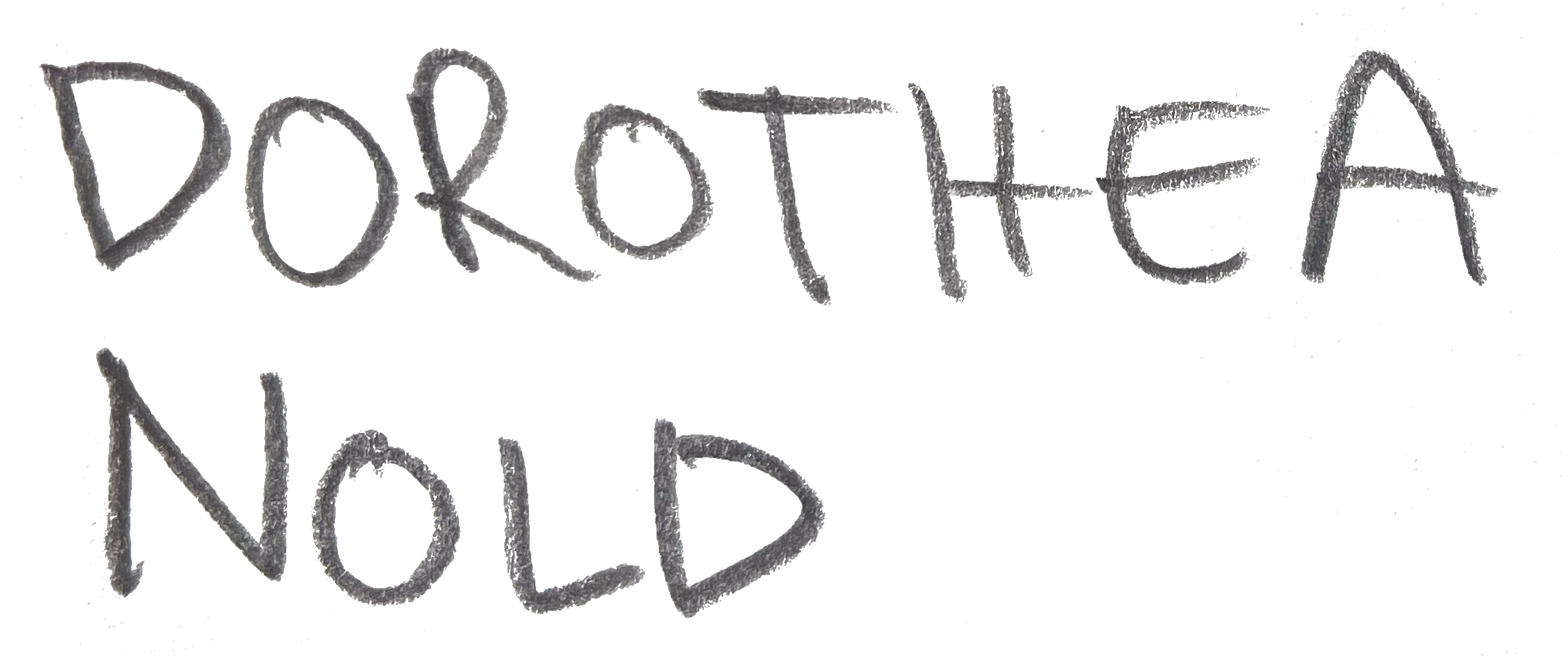Vincent Barré
A Portrait of the Artist as a Traveler
Anyone who always stays home among their clan lives in the realm of the profane. But as soon as they begin to travel, they enter into the realm of the sacred.1
Travel: In my opinion, there are sedentary people and there are travellers. But having drawn inspiration myself from travelling, and having taken key decisions in the solitude and intensity of a nomadic existence in foreign climes, I recognise what it is that moves me in the photos of those years that illustrate your incredible travels, what it is that ties me to your modest and mysterious texts (for one rarely knows where one is in your stories).
It is your capacity to embrace places and cultures different to your own, to meet all types of people, and to gain a sense of how the structures of the natural world, regional politics, ideologies, and religions shape their daily lives. Your work invites us to partake in your audacity, to walk with you in a kind of joyful energy that draws us into the world of your creativity, of your strength, to live these very grave or very small moments.
Sculptures: Your first sculptures take shape in situations of urgency, amid excess, with a sense for the incongruity in the choice of materials, the immense physical work your body performs, your ability to galvanise your creative partners. Later, in the course of your travels, it is encounters and exchanges with the people you meet randomly or in the context of your projects that fuel your work, and you pick up that spark, creating unpredictably, in camaraderie or, if facing challenges, with defiance. I’m thinking of your workshop with women artists from Kabul, for example, or of that exhibition in a Bamako suburb, of that bizarre workshop with French machos in Xi’an, of the scandalous photographs of a gorgeous couple, as well as of other events I discover in your texts.
Architectures: While your photographs often are devoid of people—being spaces of banishment, neglect, transition, ridiculous splendour, or tragedy—your own artistic idiom is very much alive. We sense that each place is a story, inhabited by ghosts or characters from the past. Many artists long for the sacred as if it were a sort of mythical hinterland, but for you, Dorothea, it is inseparable from a kind of rebellion, of insolence, of playfulness. It lies in practical things, in gestures, in the material and the shape of your sculptures, in their urban quality, in the colors of your drawings and ceramics, but above all, in the very human things that speak of commitment and of a kinship nourished by your travels and personal trials. The business of living.2
1 Cf. Arnold van Gennep, The Rites of Passage, 1909
2 Cesare Pavese, This Business of Living, 1952
